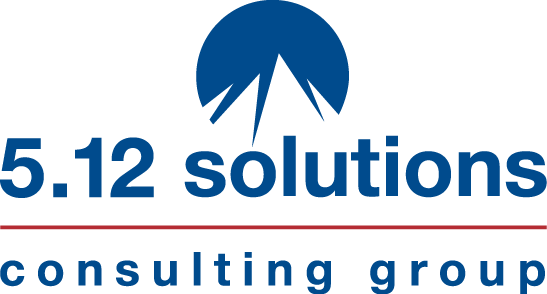In a recent episode of our Future of Leadership Podcast, we had the privilege of speaking with Willie Pietersen, renowned author of Leadership, The Inside Story. Willie shared invaluable insights into the heart of effective leadership, offering a behind-the-scenes look at how leaders can drive meaningful change and inspire high-performing teams. Read on for key takeaways from our conversation and practical leadership strategies that can make a real difference.
Breaking Down Barriers to Truth in Leadership
One of the significant hurdles leaders encounter is what Willie Pietersen calls “barriers to truth.” These unconscious biases, whether rooted in comfort with the status quo, denial, or siloed thinking—can hold back an organization’s full potential. Adaptability is crucial in overcoming these barriers, as it enables leaders to recognize and address these biases effectively. Unconscious bias, in particular, is a major challenge in workplaces today. Studies reveal that even when companies strive for diversity, biases can still affect hiring, promotions, and project assignments, which ultimately impacts overall productivity and morale (Harvard Business Review).
Here are some of the common “barriers to truth” that can limit growth and innovation:
- Status Quo Bias: Resistance to change and reliance on familiar methods, which can stifle innovation.
- Denial: Avoiding difficult truths that may disrupt comfort zones or existing beliefs.
- Siloed Thinking: Isolated department or team perspectives that can prevent cohesive, organization-wide progress.
- Unconscious Bias: Implicit biases affecting fairness and equality in decision-making, leading to reduced opportunities and lower team morale.
Recognizing and addressing these barriers is essential for leaders who want to create a culture of transparency, inclusivity, and innovation.
Learning from Kodak: The Cost of Clinging to Old Paradigms
Pietersen reminded us of the downfall of Kodak as a stark example: despite inventing digital photography, the company clung to old paradigms, ultimately leading to its decline. Recognizing biases, especially the tendency to seek information that merely confirms pre-existing beliefs, is essential. When leaders practice self-awareness, they become better equipped to tackle challenges objectively and encourage a culture where truth-seeking is prioritized.
The Power of Asking the Right Questions
Learning from Experience: The After-Action Review
We also explored the concept of the After-Action Review (AAR), a practice originating from the military but invaluable in corporate settings. The AAR involves asking key questions to drive insight and growth:
- What was intended? Define the original goals or objectives.
- What actually happened? Identify the outcomes and any gaps between intent and reality.
- What can be learned? Extract lessons and insights from both successes and challenges.
- What’s next? Determine actionable steps to improve future performance.
This shift from blame to learning fosters an environment where team members can safely examine failures and learn from them. For leaders, embedding this practice is a powerful step toward cultivating a resilient and learning-oriented culture.
“We cannot solve our problems with the same thinking we used when we created them” – Albert Einstein
Focus and Simplicity: Subtract Before You Multiply
Finally, focus and simplicity are paramount in leadership. Leaders must prioritize their organization’s energy and resources by “subtracting before multiplying.” This approach was exemplified by Steve Jobs at Apple, who famously focused his team on a select few priorities. Contrast this with General Electric, which struggled under the weight of its complexity. By learning to say “no” and concentrating on what truly matters, leaders can drive their organizations toward meaningful and sustainable success.
“The difference between successful people and really successful people is that really successful people say no to almost everything” – Warren Buffett
Leading with Learning and Purpose
In essence, modern leadership is about learning, adapting, and relentlessly pursuing clarity. By embracing adaptability, confronting our biases, asking the right questions, learning from experience, and focusing on the essential, leaders can guide their teams toward not just surviving but thriving in an ever-evolving landscape.
Ready to elevate your leadership?
Download the Free Sample Chapter from my book, The Deeply Human Workplace to learn strategies that help break through biases, simplify leadership, and drive team success.
Get your copy now: The Deeply Human Workplace – Free Sample Chapter

